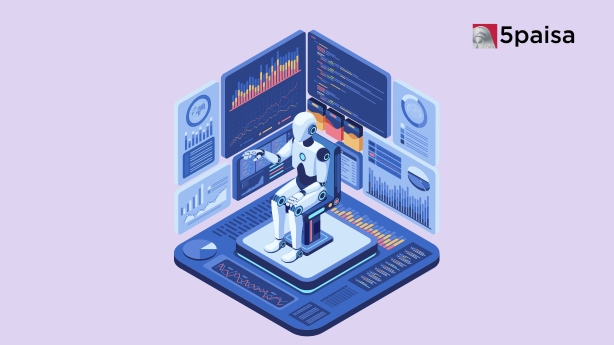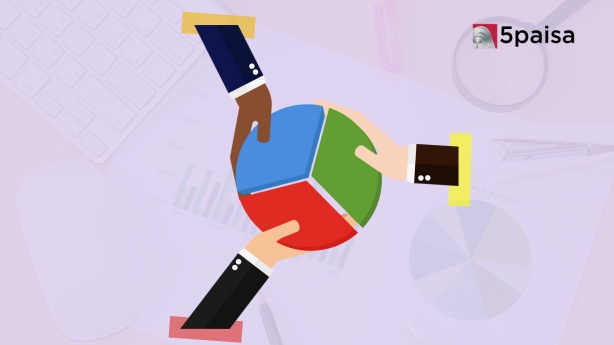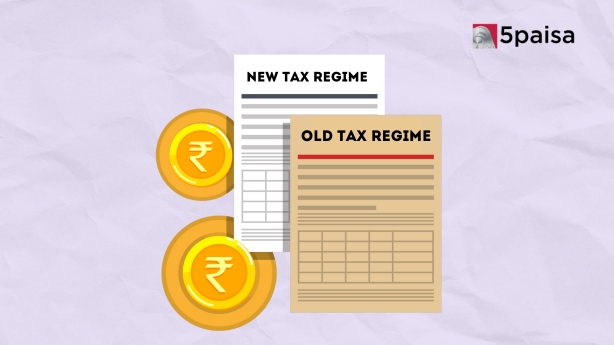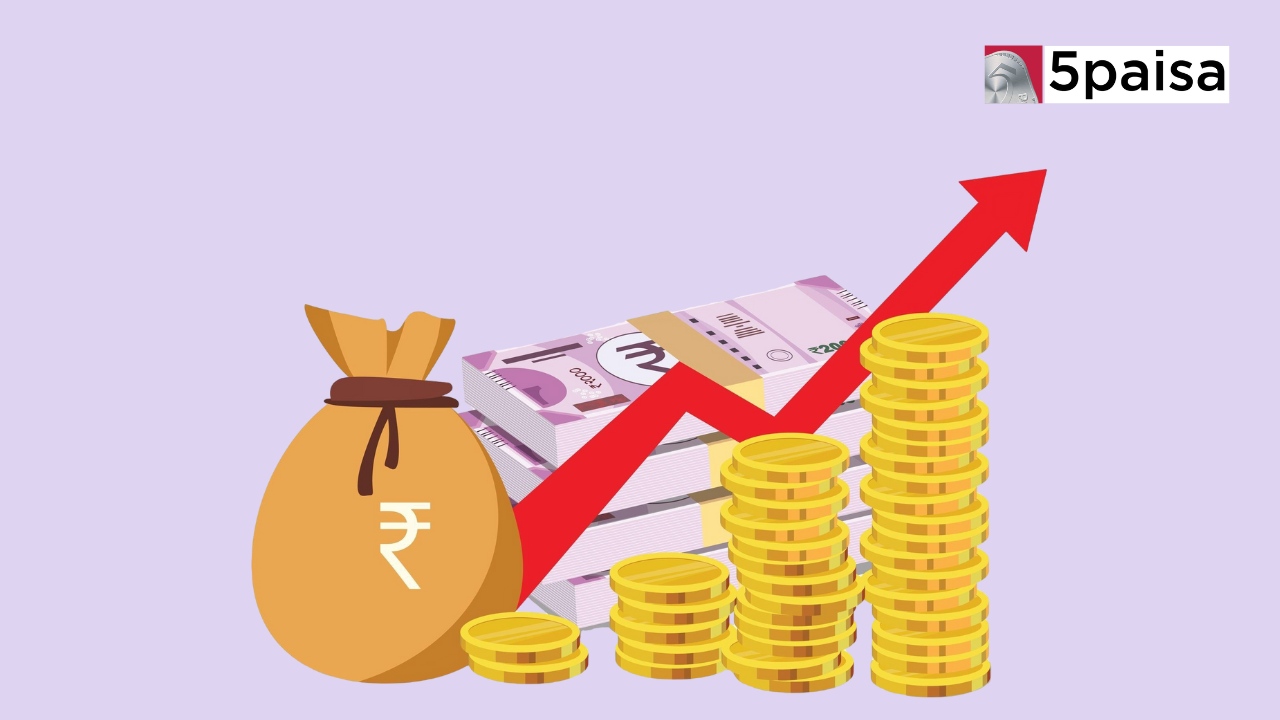3 Technologies Disrupting Finance in 2025: AI, Blockchain & Big Data Revolution
How to Save Tax on ₹7 Lakh Income
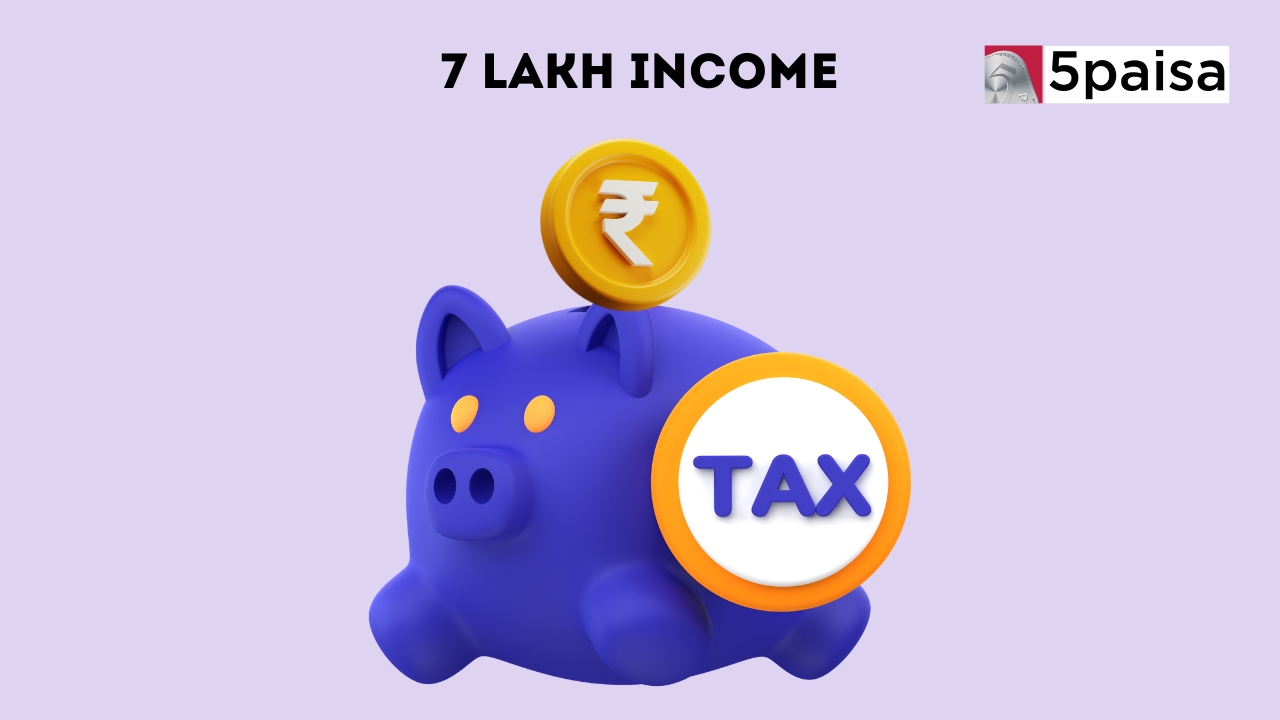
As happy as we get to move higher up in pay scales, tax planning can become complex. Many people don't realize how much tax they can save because they lack information! If your annual income is ₹7 lakhs or more, it’s important to choose the right ways to save tax.
This article will help you understand how to save tax for ₹7 lakh income. We will explain the latest tax reforms, show you available deductions, and share simple strategies to help you keep more of your hard-earned money.
Understanding the New & Old Tax Regime
Depending on your income, the tax regime that will give you the most benefit may differ. Individuals have the liberty to opt for any one tax regime as both have distinct features, benefits, and drawbacks, making it essential to understand them to save tax effectively.
The Indian government continually looks for ways to simplify the tax system and ease the burden on taxpayers. With the introduction of new tax reforms in the latest Budget, individuals with an income of ₹7 lakhs can now take advantage of significant tax savings. Following are the key components of both the tax regimes:
Old Tax Regime: This regime allows taxpayers to avail various deductions and exemptions. Individuals can claim deductions under several sections of the Income Tax Act, which can significantly reduce their taxable income. However, it requires meticulous documentation and record-keeping.
New Tax Regime: Introduced to simplify the tax process, the new regime offers lower tax rates but with fewer opportunities for deductions. Taxpayers have to choose between the two regimes when filing their income tax returns each year.
| Tax Slab for FY 2023-24 | Tax Slab | Tax Slab for FY 2024-25 | Tax Slab |
| Up to ₹ 2.5 lakh | Nil | Up to ₹ 3 lakh | Nil |
| ₹ 2.5 lakh - ₹ 3 lakh | 5% | ₹ 3 lakh - ₹ 7 lakh | 5% |
| ₹ 3 lakh - ₹ 5 lakh | 5% | ₹ 7 lakh - ₹ 10 lakh | 10% |
| ₹ 5 lakh - ₹ 10 lakh | 20% | ₹ 10 lakh - ₹ 12 lakh | 15% |
| More than ₹ 10 lakh | 20% | ₹ 12 lakh - ₹ 15 lakh | 20% |
| More than ₹ 15 lakh | 30% |
Changes in the New Tax Regime
The new tax regime is aimed at simplifying the tax filing process. Here’s what has changed in the new regime compared to the old regime:
Tax Slabs and Rates: The new regime features simplified tax slabs, making it easier to calculate tax compared to the old regime.
Standard Deduction: A higher standard deduction of ₹75,000 is available in the new regime, up from ₹50,000 in the old regime.
Limited Deductions: The new regime allows very few deductions, primarily focusing on the standard deduction and specific exemptions.
Section 87A Tax Rebate: The new regime increases the Section 87A tax rebate limit to ₹25,000 for incomes up to ₹7 lakhs, making it easier to have zero tax liability for lower-income earners.
Tax Benefits Under the New Tax Regime for 7 Lakh Income
While the old tax regime provides various exemptions and deductions, the new tax regime offers a way to balance this through an enhanced Tax Rebate under Section 87A.
Starting from FY 2023-24, the rebate limit under Section 87A has been raised. Previously, this rebate was capped at ₹12,500 for incomes up to ₹5 lakhs. In the new regime, however, the rebate has increased to ₹25,000 for taxable incomes below ₹7 lakhs, allowing for zero tax liability at this income level. The old regime still maintains the ₹12,500 rebate for incomes up to ₹5 lakhs.
Additional deductions available under the new tax regime include:
Standard Deduction: ₹50,000 for salaried individuals.
Section 80CCD(2): Employer contributions to the National Pension Scheme (NPS).
Section 57(iia): Family pension received.
Section 80CCH: Investments made in the Agniveer Corpus Fund.
Exemptions on specific payments: Voluntary retirement (Section 10(10C)), gratuity (Section 10(10)), and leave encashment (Section 10(10AA)).
Home Loan Interest (Section 24): Deduction on interest for loans on let-out properties
Allowances for Special Needs: Transport allowance for specially-abled individuals.
Conveyance Allowance: To cover travel expenses incurred as part of employment.
Travel and Transfer Compensation: For travel costs related to work tours or transfers.
Tax Benefits Under the Old Tax Regime for 7 Lakh Income
If you choose the old tax regime, you can take advantage of various deductions and exemptions available under the Income Tax Act.
Here are some of the key deductions you can claim under the old regime:
Section 80C: Deduction of up to ₹1.5 lakh on investments in pension funds, mutual funds, ULIPs, government savings schemes, life insurance premiums, repayment of home loan principal, education fees, and more.
Section 80CCD: Additional deduction of ₹50,000 for contributions to the National Pension Scheme (NPS).
Section 80D: Deduction for health insurance premiums paid for yourself, spouse, or parents.
Section 80TTA: Deduction on interest earned from savings accounts.
Section 80G: Deduction for donations made to eligible charitable organizations.
Professional Tax Deduction (Section 16): Allows a deduction for professional tax paid.
Section 10 Exemptions:
Relocation Allowance
Mobile Reimbursement
How To Save Tax If You Have Annual Income of Rs 7 Lakh?
To understand the difference in simpler terms, let’s assume Rahul earns ₹7 lakhs annual income. He is eligible for HRA exemption of ₹50,000 and section 80C of ₹1.5 lakh. Below is the amount of tax he will have to pay in the new tax regime and the old tax regime.
| Particular | Old Tax Regime | New Tax Regime |
| Gross Salary | 7,50,000 | 7,50,000 |
| Less: Deduction (Section 10) | ||
| HRA Exemption | 50,000 | NA |
| Less: Deduction (Section 16) | ||
| Standard Deduction | 50,000 | 50,000 |
| Less: Deduction (Section 80C) | 50,000 | NA |
| Net Total Income | 6,00,000 | 7,00,000 |
| Income Tax | 44,200 | 25,000 |
| Less: Rebate (Section 87A) | 25,000 | |
| Tax Payable | 44,200 | - |
In the scenario, Rahul only needs the standard deduction of ₹50,000 to reduce his taxable income to ₹7 lakh, making him eligible for the Section 87A rebate, which brings his tax liability down to zero in the new tax regime.
In the old regime, Rahul needs to pay ₹44,200 in tax as he is not utilizing all the deduction benefits. To reach zero liability in the old regime, he would need to claim additional deductions, such as Section 80C (up to ₹1.5 lakh) and Section 80D (₹25,000 for health insurance). These deductions would lower his taxable income enough to potentially reach zero tax, but only if he maximizes these allowances by making specific investments or expenses. Therefore, the new tax regime offers a simpler, more direct route to zero tax in this scenario.
If an individual decides to opt for the old tax regime, he needs to fill Form 10-IEA before the deadline for submitting the income tax return. This form is only required for taxpayers with business income. However, if you are filing ITR-1 or ITR-2, which are for individuals without business income, the submission of Form 10-IEA is not applicable.
Conclusion
Tax planning is crucial for individuals earning ₹7 lakhs or more. The above example helps to understand how choosing the right strategy can make a huge difference. Understanding the available deductions, evaluating your options under the old and new tax regimes, and being aware of common mistakes can help you save tax effectively. Whether you choose to stick with the old regime or switch to the new, being informed and considering the above factors will empower you to save tax efficiently.
- Flat ₹20 Brokerage
- Next-gen Trading
- Advanced Charting
- Actionable Ideas
Trending on 5paisa
Personal Finance Related Articles
Disclaimer: Investment in securities market are subject to market risks, read all the related documents carefully before investing. For detailed disclaimer please Click here.

 Tanushree Jaiswal
Tanushree Jaiswal
 Sachin Gupta
Sachin Gupta
